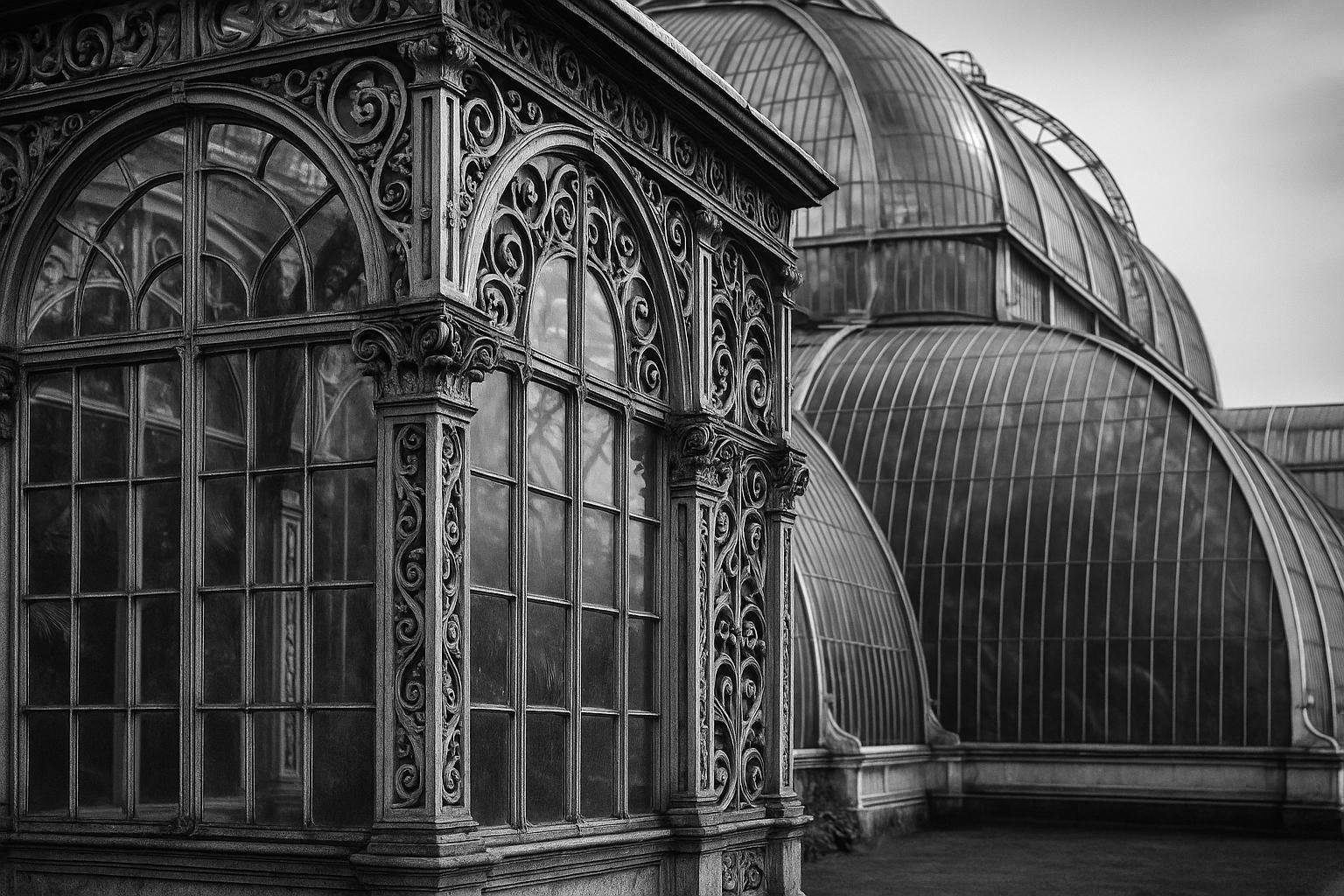Two of London's most iconic Victorian glasshouses at Kew Gardens, the Palm House and the Waterlily House, are set to undergo a major renovation aimed at making them the first heritage net-zero glasshouses in the world. The project, led by Hugh Broughton Architects in collaboration with Kew’s Capital Projects Team, marks a significant stride in combining historic preservation with cutting-edge sustainability measures.
The Palm House, built between 1844 and 1848 and recognised as the oldest surviving Victorian glasshouse globally, has long struggled with energy inefficiency and structural deterioration. Its wrought iron frame suffers from corrosion accelerated by the humid conditions essential for its plant collections. Similarly, the Waterlily House, designed by the same architect Decimus Burton and iron-maker Richard Turner in 1852, shows signs of wear. Both buildings have historically relied on coal, oil, and gas for heating—methods now rendered obsolete by the planned shift to a sustainable heating system.
Hugh Broughton Architects will implement a fully electrified heating system utilising air- and water-source heat pumps, designed to drastically reduce carbon emissions and achieve operational net-zero status. This transition is a world-first in the heritage glasshouse sector, offering a model for others aiming to marry conservation with climate responsibility. The renovation will also replace 16,500 glass panes installed in the 1980s with new, high-performance glazing sealed with bespoke clear silicone gaskets to reduce heat loss. Additionally, original vents will be reinstated to improve airflow, while systems for rainwater harvesting and irrigation will be maximised to conserve resources.
“The Palm House and Waterlily House at Kew Gardens are instantly recognisable icons of Victorian innovation,” Hugh Broughton noted, highlighting the historical significance of these structures. “Their designs were truly groundbreaking for their time, helping to conserve extraordinary plant collections and inspiring architects and engineers for generations.” He added that the renovation will maintain the buildings' heritage while making them more accessible and sustainable, aligning with Kew’s Climate Positive 2030 strategy.
Kew Gardens’ head of sustainability, Rachel Purdon, emphasised the institution’s commitment to integrating sustainability into its mission. She described the project as a pioneering effort to deploy state-of-the-art technology in glasshouse environments, signalling a future where historic horticultural spaces can also be leaders in climate action.
The interiors of the buildings will be thoughtfully upgraded to enhance visitor experience and accessibility. Palm House will feature a central gathering space along with new seating in its north and south apses, while Waterlily House renovations will focus on improving access for all visitors. Outside, the original ornamental garden design by William Nesfield surrounding Palm House will be restored, further honouring the site's history.
Ahead of these renovations, Kew has already inaugurated two new glasshouses designed for plant propagation and cultivation. Both utilise sustainable technology such as air-source heat pumps and extensive rainwater capture tanks, exemplifying the garden’s broader ambition to reduce its environmental impact.
The renovation is due to commence in 2027 and is expected to last four to five years. During this time, approximately 1,300 plants will be carefully relocated, with particularly large or fragile specimens propagated on-site to ensure their survival.
The effort also includes collaboration with heritage conservation specialists, structural and services engineers, and quantity surveyors to balance respect for historical fabric with modern performance improvements. This meticulous approach aims to preserve the delicate ironwork and fabric of these glasshouses while upgrading their infrastructure for efficiency and longevity.
Ultimately, the project stands as a landmark initiative, blending heritage conservation with pioneering sustainability to protect both an architectural treasure and a vital collection of tropical plant life. It reflects a growing recognition within historic environments of the need to address climate change through innovative and responsible renovations.
📌 Reference Map:
- Paragraph 1 – [1], [2], [3]
- Paragraph 2 – [1], [2], [3], [6]
- Paragraph 3 – [1], [3], [5], [7]
- Paragraph 4 – [1], [3], [7]
- Paragraph 5 – [1], [2]
- Paragraph 6 – [1]
- Paragraph 7 – [4]
- Paragraph 8 – [1], [5]
- Paragraph 9 – [1], [6]
- Paragraph 10 – [1], [2]
Source: Noah Wire Services
